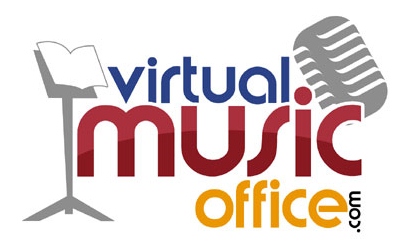By John Gardner
 Musicians auditioning for acceptance or for music scholarships are working on prepared pieces — likely the same piece he/she is using for solo contest. An aspect of many auditions that are a challenge is the demonstration of sight-reading proficiency. Colleges want to know how quickly you can learn their music.
Musicians auditioning for acceptance or for music scholarships are working on prepared pieces — likely the same piece he/she is using for solo contest. An aspect of many auditions that are a challenge is the demonstration of sight-reading proficiency. Colleges want to know how quickly you can learn their music.
In most sight-reading circumstances, there will be time for you to preview what you are about to play. In a concert band festival, the sight-reading session involves 10 minutes to look over a piece (counting/clapping rhythms, checking out different aspects, before time is up and the judge is ready. Whatever amount you get, gage the time to get through the following:
Key signature. What key are you in? Finger through the scale. Look throughout and see if or how many times it changes during the piece.
Notes. Check range. If possible, sing or sound what you see…. Can you hear and sound what you see? Some people refer to those aural skills as “seeing ears” and “hearing eyes”.
Time signature. Does it stay the same or change?
Tempo. If marked, this should give you a general guideline, but keep in mind that is a performance tempo. For sight-reading, look for the most difficult passage that you will play, get a quick idea of how fast you think you can play it accurately, and use that as your overall tempo. Once you start, you don’t want to change the pulse depending on difficulty.
Rhythms. Scan for anything that looks tricky and take a moment to count, clap, sing or whatever — to get that/those rhythm(s) in your head.
Dynamics. Scan for them and then be aware as you play.
Stylistic markings. Staccato, legato, articulation, accents, etc. The tendency in sight-reading is to concentrate on notes, which are primary but watch for the other signs as you go. Like driving the car, staying on the road (notes) is important, but watching the road signs (slow down, stop, cross-walk, etc) are equally important to getting to your destination safely.
Once you start – DON’T STOP! If you miss a note, that one is history, you can’t go back and fix it … part of practicing for sight-reading (or for any performance) is to force yourself to continue.
Finding music to sight-read. Get books from other similar-range instruments. Pick random hymns in a church hymnal. Check the band director’s office. Go to the music library and pull out random pieces. For sight-reading practice, however, don’t keep playing the same piece(s), unless it is to prepare them for performance or to see how quickly you can perfect them.
Another important aspect to sight-reading is evaluation. If possible, have someone else listen to you and critique what you played. You may be playing a rhythm wrong that you will continue to play wrong.
Hope this helps. Add your comments or send questions.


In conjunction with #1 (Key Signature) – Learning your scales is SO important for sightreading. If you are solid in your scales (and chords if you’re a pianist), you won’t be upset by the number of sharps or flats in the key signature. LEARN how the key of B feels on your instrument; LEARN how the key of Eb feels on your instrument. Then you can concentrate on the other factors in sight-reading.